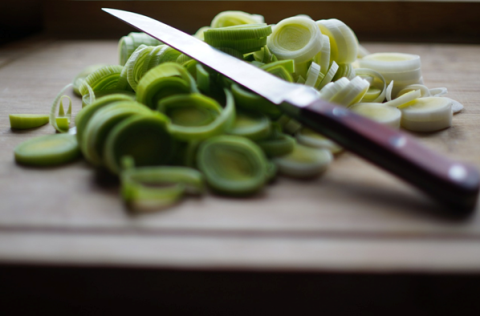Disclosure: I received compensation for this third-party post.
You need to make time to baby-proof your house, to minimize the risk of injury. No matter how hard you try, you can’t keep your eye on your little one 24/7 - so don’t take any risks. Here’s a quick guide to baby-proofing your house:
Start Before Your Baby Starts Crawling
Ideally, you should baby-proof your house before your baby’s born. After all, you won’t be inundated with free time once they arrive on the scene, and you’ll need to keep as much as your free time as you can, for sleep and recovery.
In any case, ensure you baby-proof your home before your baby begins to crawl. This will usually occur at around 8 months, but it isn’t unusual for babies to start even sooner.
Focus on the Most Dangerous Items First
Even the most vigilant parents can forget to baby-proof something, especially if they’ve left it until relatively late in the game. That’s why you should always baby-proof the most dangerous items at the earliest opportunity.
The most serious incidents usually occur in the kitchen - although the living room will, on average, be the location of the most incidents. Over
30,000 children are taken to A&E each year with suspected poisoning, usually after they’ve ingested a product found in the kitchen. Start here first, then identify other areas of your home that stand out as dangerous. It can help to get down onto the baby’s level (i.e. on your hands and knees) whilst doing so.
Baby-Proofing Your Living Room
Your living room will usually be the place where you spend the most time, and it’s also likely to contain some common hazards. The
basics of baby-proofing your living room are fairly simple. Essentially, you need to ensure furniture, fixtures and fittings are both soft and steady. Make sure all sharp edges are covered, all your furniture is stable, and, if you can, replace anything hard with something softer, to prevent nasty bangs and bumps.
Make sure your television and other electrical items, as well as the outlets themselves, are all taken care of, and anchor everything heavy to the wall, which will stop it from falling over. If you have wooden or tiled flooring, buy a mat or rug to provide a safe, comfy play area, but remember to place a non-slip guard beneath it.
Baby-Proofing the Kitchen
As already stated, the kitchen is where the most serious injuries tend to happen. It’s no wonder when you think about it; kitchens are full of sharp implements, poisonous substances, and plenty of hot surfaces.
Making sure your kitchen is baby-safe should always be a top priority. Start by locking away all your cleaning products, or even switching to natural alternatives that won’t cause any harm. Secure the doors to lower level cabinets, and baby-proof any knobs and switches your baby could reach. Once that’s done, remember to remain vigilant when cooking. Don’t leave anything sharp unattended, or within reach of little hands, and be extremely cautious when you use boiling water.
Never Leave Your Baby Unattended in the Bathroom
Bathrooms contain a number of dangerous items, from nail scissors to shampoo. However, the greatest danger is drowning, so you should never leave your child unattended in the bathroom. Not once. Not ever. Not even for a second.
Babies can drown in just a few centimetres of water, and this can occur extremely quickly and without any noise to alert you. Ensure your baby is properly supervised and supported at all times.
Baby-proofing doesn’t just save your child from bumps and scrapes; it could protect them from serious injuries. Put it right at the top of your to-do list.





